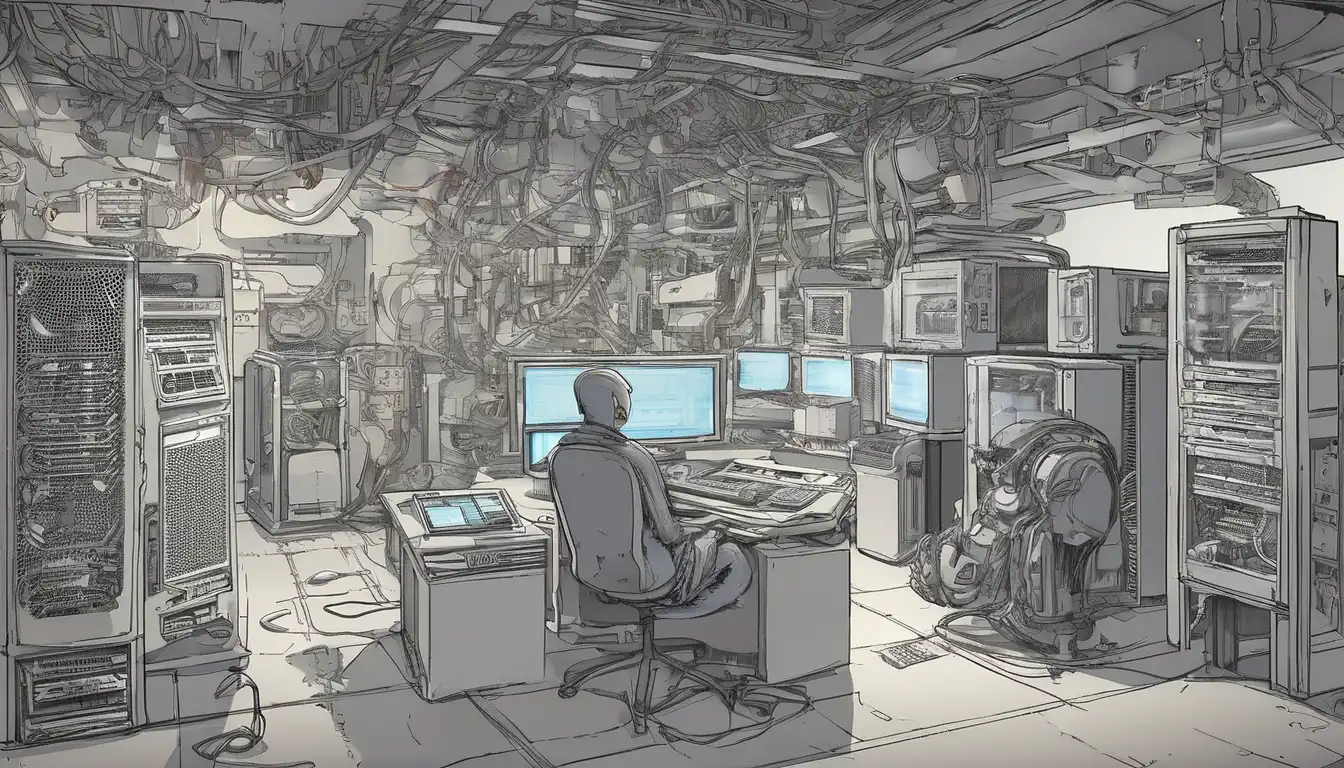Introduction to Computer Component Selection
Building your own computer can be an incredibly rewarding experience, but choosing the right components is crucial for optimal performance and value. Whether you're building a gaming rig, workstation, or everyday computer, understanding how each component works together will help you make informed decisions. This comprehensive guide will walk you through the essential factors to consider when selecting computer components.
Understanding Your Needs and Budget
Before diving into specific components, it's essential to define your primary use case and budget. Are you building a gaming PC that requires high-end graphics? A video editing workstation that needs powerful processing? Or a budget-friendly office computer? Your intended use will dictate which components deserve the most investment. Establish a realistic budget early on, as this will guide your component choices throughout the building process.
Key Considerations:
- Primary Usage: Gaming, productivity, content creation, or general use
- Performance Requirements: Determine the level of performance needed
- Future-Proofing: Consider how long you want the system to remain relevant
- Upgrade Path: Plan for potential future upgrades
Processor (CPU) Selection
The CPU is the brain of your computer, handling all calculations and instructions. When choosing a processor, consider both the brand (Intel or AMD) and the specific model's capabilities. For gaming, focus on single-core performance, while content creation benefits from higher core counts. Check our CPU comparison guide for detailed performance analysis.
CPU Selection Factors:
- Core Count: More cores handle multitasking better
- Clock Speed: Higher speeds mean faster processing
- Cache Size: Larger cache improves performance
- Power Consumption: Affects cooling requirements and electricity costs
Motherboard Compatibility
The motherboard is the foundation that connects all your components. Ensure compatibility with your chosen CPU, RAM, and other parts. Consider the form factor (ATX, micro-ATX, mini-ITX) based on your case size preferences. Look for features like sufficient USB ports, M.2 slots for fast storage, and quality VRMs for stable power delivery.
Memory (RAM) Requirements
RAM affects your system's ability to handle multiple tasks simultaneously. For most users, 16GB is sufficient, while gamers and content creators may benefit from 32GB or more. Pay attention to speed (MHz) and latency (CL timings), and ensure compatibility with your motherboard. Dual-channel configurations typically offer better performance than single-channel setups.
Graphics Card (GPU) Considerations
The GPU is critical for gaming, video editing, and 3D rendering. NVIDIA and AMD offer options at various price points. Consider your monitor's resolution and refresh rate when selecting a graphics card. Higher resolutions require more VRAM and processing power. Check our GPU buying guide for current recommendations.
GPU Selection Tips:
- VRAM: 8GB minimum for 1080p gaming, more for higher resolutions
- Ray Tracing: Consider if you want advanced lighting effects
- Cooling Solution: Air cooling vs. liquid cooling options
- Power Requirements: Ensure your PSU can handle the GPU's needs
Storage Solutions
Modern builds typically combine SSD for speed and HDD for capacity. NVMe SSDs offer the fastest performance for operating systems and frequently used applications. Consider a combination of fast SSD storage for your OS and programs, with larger HDD storage for media files and backups.
Power Supply Unit (PSU) Selection
Don't skimp on the power supply – it's the heart of your system's stability. Calculate your total power needs and add 20-30% headroom for future upgrades. Look for 80 Plus certified units for efficiency. Modular PSUs make cable management easier and improve airflow.
Case and Cooling
Your case affects both aesthetics and functionality. Consider airflow, cable management options, and build quality. Ensure adequate cooling with a combination of case fans and CPU coolers. Liquid cooling offers superior performance for overclocked systems, while air cooling is often more reliable and easier to maintain.
Putting It All Together
Once you've selected all components, double-check compatibility using tools like PCPartPicker. Consider peripheral needs like monitors, keyboards, and mice. Remember that building a PC is about balance – no single component should bottleneck the others. For more detailed building instructions, visit our step-by-step building tutorial.
Final Checklist Before Purchase
- Verify all component compatibility
- Check warranty terms and return policies
- Read recent reviews and benchmarks
- Consider future upgrade paths
- Ensure adequate cooling solution
- Double-check power requirements
Choosing the right computer components requires careful consideration of your specific needs, budget, and future plans. By understanding how each component contributes to overall system performance, you can build a computer that perfectly matches your requirements. Remember that technology evolves rapidly, so staying informed about the latest developments will help you make the best choices for your build.
